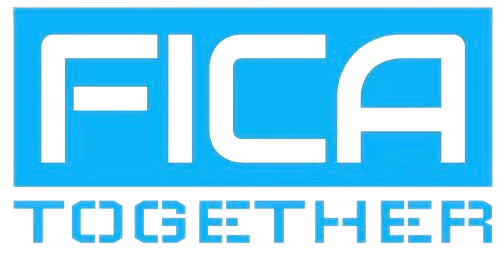Article Library
Welcome to our articles hub, where ERC Together Partner shares valuable insights and expertise. This webpage serves as a rich repository of knowledge, housing articles crafted to inform and empower businesses on the intricacies of the Employee Retention Credit (ERC). Here, you'll find a wealth of information designed to demystify the complexities of ERC claims advice, keep you informed about updates in the tax landscape, and provide actionable advice for maximizing your benefits. Our commitment to transparency and education shines through in each article, reflecting our dedication to supporting businesses on their financial journey. Explore the expertise within these pages and stay tuned for regular updates as we strive to be your trusted source for ERC-related insights.

Understanding Section 125 Plans: A Simple Guide
Understanding Section 125 Plans: A Simple Guide
Introduction
In the world of employee benefits, understanding Section 125 plans, also known as cafeteria plans, is crucial. These plans offer a way for employees to access certain benefits with pretax dollars, resulting in potential tax savings for both employers and employees. Let's break down the basics of Section 125 plans and how they work.
What is a Section 125 Plan?
A Section 125 plan is an employer-sponsored benefit plan that allows employees to choose between taxable and nontaxable pretax benefits. These benefits can include health insurance premiums, retirement contributions, and various medical or dependent care expenses. The key feature of these plans is that employees can deduct these benefits from their paycheck before taxes are applied.
Who Can Open a Section 125 Plan?
Section 125 plans are created by employers and are available to employees, their spouses, and their dependents. While former employees may also have access to the plan, it cannot primarily exist for them. Employers must ensure that the plan complies with IRS regulations and nondiscrimination tests to ensure fair access for all eligible employees.
Benefits for Employers and Employees
Section 125 plans offer significant tax-saving benefits for both employers and employees. Employers can save on various payroll taxes, including FICA, FUTA, and SUTA taxes, while employees receive an effective raise without any additional cost to the employer. The ability to contribute to a Section 125 plan allows employees to save 20% to 40% on eligible expenses, resulting in increased take-home pay.
Learn More: https://erctogetherpartner.com/cafeteria-plan-benefits-section-125
What Expenses Can a Section 125 Plan Cover?
Section 125 plans cover a wide range of medical and childcare expenses, including doctor's fees, prescription drugs, dental care, and childcare costs. These expenses can be reimbursed using funds from the plan, resulting in potential tax savings for participants. However, it's essential to note that any unused funds in the account must be used by the end of the year or forfeited to the employer, although recent regulations allow for some carryover of funds.
Setting Up a Section 125 Plan
Setting up a Section 125 plan involves providing proper documentation, notifying employees, and performing nondiscrimination testing. There are different types of Section 125 plans, including premium-only plans (POP), flexible spending accounts (FSA), and consumer-driven healthcare (CDHC) plans, each with its own benefits and features. Employers must partner with a qualified third-party administrator to ensure compliance with IRS regulations and proper plan administration.
Conclusion
In summary, Section 125 plans offer a valuable opportunity for both employers and employees to save on taxes and access essential benefits. By understanding how these plans work and their potential benefits, employers can enhance their employee benefits offerings, while employees can enjoy increased take-home pay and tax savings. With proper planning and administration, Section 125 plans can be a win-win for everyone involved.
FICA Together Partner
Together Partner is powered by a customer centric mindset, top-of-the line talent, and experienced leadership from the world's most trusted brands. That’s how we’re able to achieve our mission of helping thousands of businesses across the country.
When it comes to alliances, we look for the same thing we look for in our employees: trusted, talented people.

